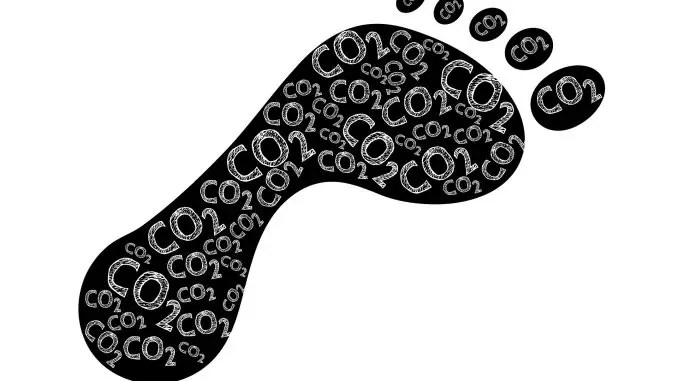
Compensating emissions should, of course, be done only when you can no longer reduce your emissions.
The tips below are useful if you want to reduce the harmful emissions of carbon dioxide. In addition, they reduce electricity and heating and gasoline costs.
We do not believe that everyone can do everything, however, that everyone can do something. Most emissions are related to three distinct areas: Transport, Food and Cooking and Home.
Transportation
Sell the car and take a taxi or rent a car when you need to. Carpool is also good. Or leave the car and take the bus/train / bike instead. Next time you buy a car, choose an environmental car, or at least one without an unnecessarily large engine.
When you drive a car, the correct tire pressure in the tire lowers the resistance and reduces fuel consumption, and thus the harmful emissions of carbon dioxide. Engine heaters, not having a lot of unnecessary weight in the car and removing the roof rack/roof box also helps. Drive economically, ie use as smooth speed as possible. Plan your drive and roll forward to intersections and traffic lights. Avoid braking with the brake pedal. Get up early and drive at high speed. Motor brake by slowing down in time and shifting down.
Travel by rail such as trains, subway and commuter trains, consumes less energy than travel by road or air. But the bike is even better.
Food and cooking
Become a vegetarian. It takes a lot of energy, which causes harmful emissions of carbon dioxide, to produce meat. Try all the fun root vegetables available, they require less energy to grow than tomato and cucumber. Choose potatoes instead of pasta or rice that went very far, thus causing harmful emissions of carbon dioxide. And take the water out of the tap instead of buying it on a bottle that has been traveling through half Europe.
By thawing frozen foods in the fridge, you save energy and the food is less affected than with rapid thawing at room temperature or microwave.
Put a lid on the saucepan as you cook, so energy consumption is greatly reduced. Even more efficient is to use a kettle and then pour over the water in the saucepan.
Home
Replace the oil boiler with a pellet boiler, or use a modern environmentally approved wood boiler. Or lower the temperature, close windows and doors and insulate the attic.
Devices such as DVD players and printers are often in standby mode and unnecessarily draw energy. Switch off with the correct switch if available, otherwise buy a branch switch with switch and you can switch off the entire stereo package with a button. Computers, especially desktops, draw a lot of electricity and it does not damage the electronics to turn them off. Also, set your computers to automatically go into energy-saving sleep or standby mode when not in use.
Choose energy class A when you buy a new cooker, fridge or freezer.
They use less electricity, which reduces the harmful emissions of carbon dioxide. Also, make sure to have good air circulation behind the fridge and freezer and place them cool (not by the stove or in the sunshine). Vacuum and clean behind refrigerator and freezer to increase air circulation. Defrost from refrigeration and freeze at least once a year, preferably in the autumn as more frost is formed during the summer. The less frost in the freezer the less electricity it requires.
Wash energy efficiently by lowering the temperature from 90 degrees to 60 degrees, or from 60 degrees to 40 degrees. Then you can reduce energy consumption properly. Laundry that is not so dirty often gets clean at 40 degrees. Less energy is consumed if the laundry is centrifuged more and less tumbled. Every liter of water removed by centrifugation instead of an electric dryer or tumbler saves energy.
Leave a Reply